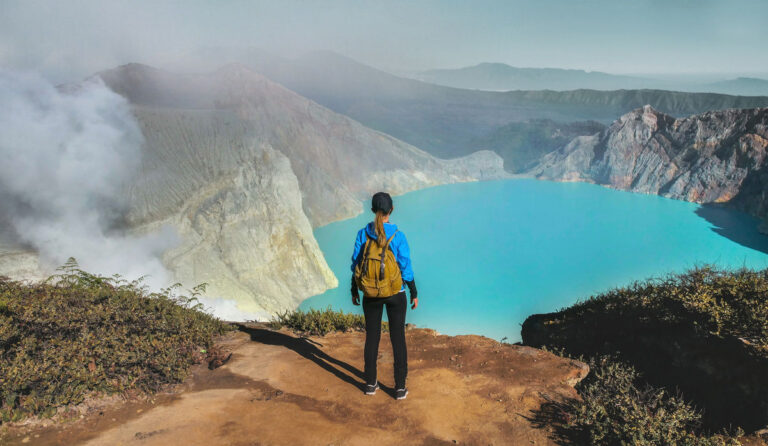Tragedy struck on 20 April 2024 atop Indonesia’s Ijen volcano,
claiming the life of a Chinese tourist who was trying to get the best
angle to photograph the scenery.
Huang Lihong, 31, met her demise after an unfortunate slip led to a
fatal fall from the crater’s edge. Accompanied by her husband, Zhang
Yong, the couple, on a guided tour, ventured to witness the famed “blue
fire” phenomenon in East Java province. Despite prior warnings from
their guide regarding safety precautions, the excursion took a tragic
turn.
In an attempt to capture the scenic beauty, Huang, standing near the
edge of the cliff, stepped backward to get closer to a tree but got
entangled in her long skirt which resulted in her tripping and plunging
75 metres to her death. Authorities swiftly classified the incident as
accidental, underlining the hazards posed by the rugged volcanic
landscape.
The Ijen volcano, renowned for its sulfuric blue flames, draws
visitors and miners alike, attracted by its natural beauty and economic
prospects.
Instances of similar tragedies at this location are not
unprecedented. In February this year, a 53-year-old Polish tourist was
found lifeless along a climbing route while hiking up to Kawah Ijen.
Similarly, in September 2015, a 68-year-old Swiss man, while scaling
Ijen, succumbed to exhaustion and respiratory distress en route to the
crater.
As travellers continue to flock to Indonesia’s volcanic terrains,
vigilance remains imperative to prevent further tragedies on these
majestic yet treacherous landscapes.

